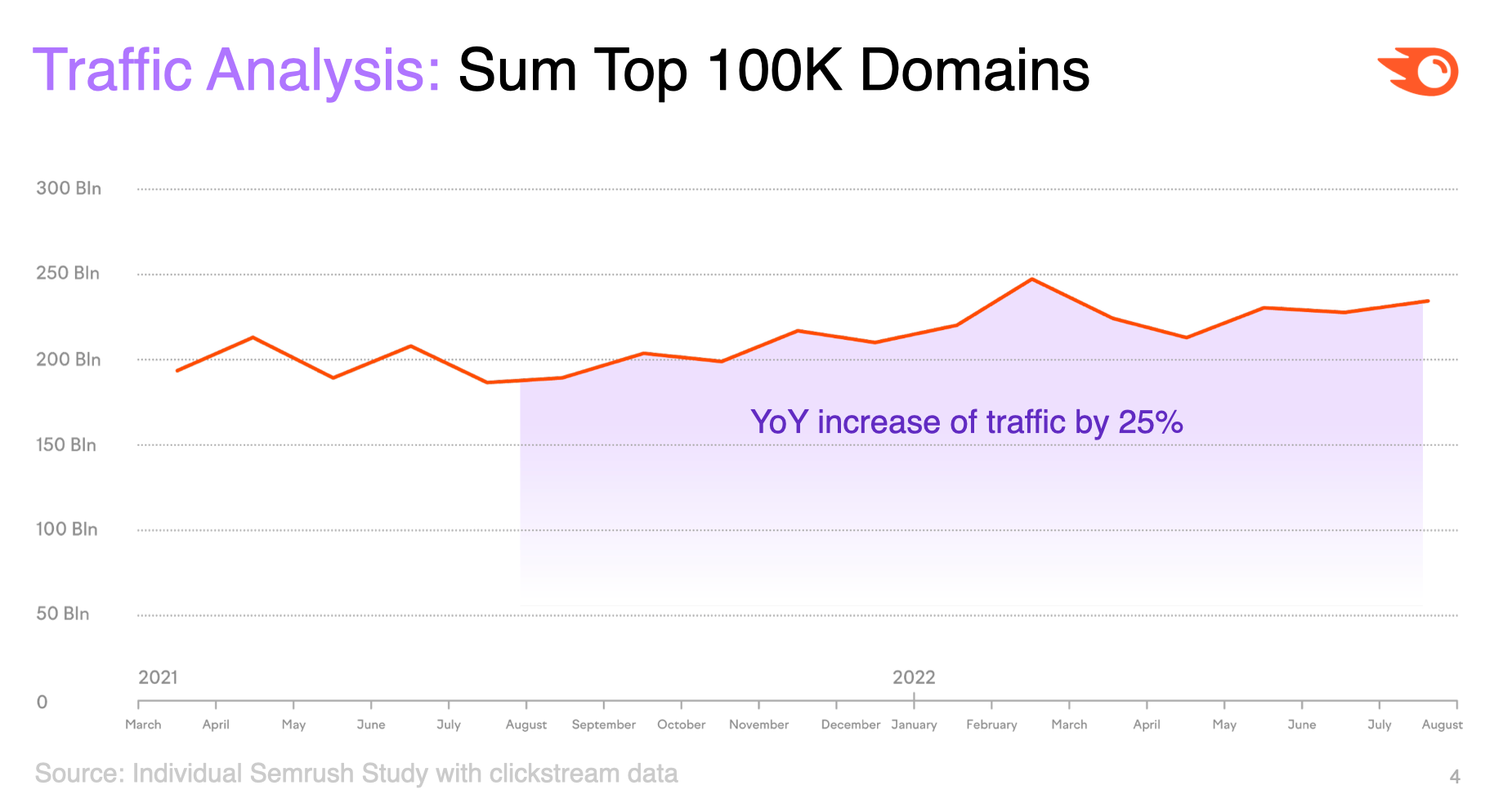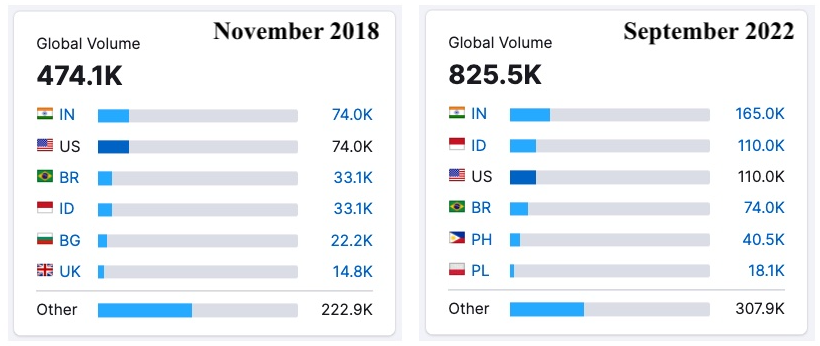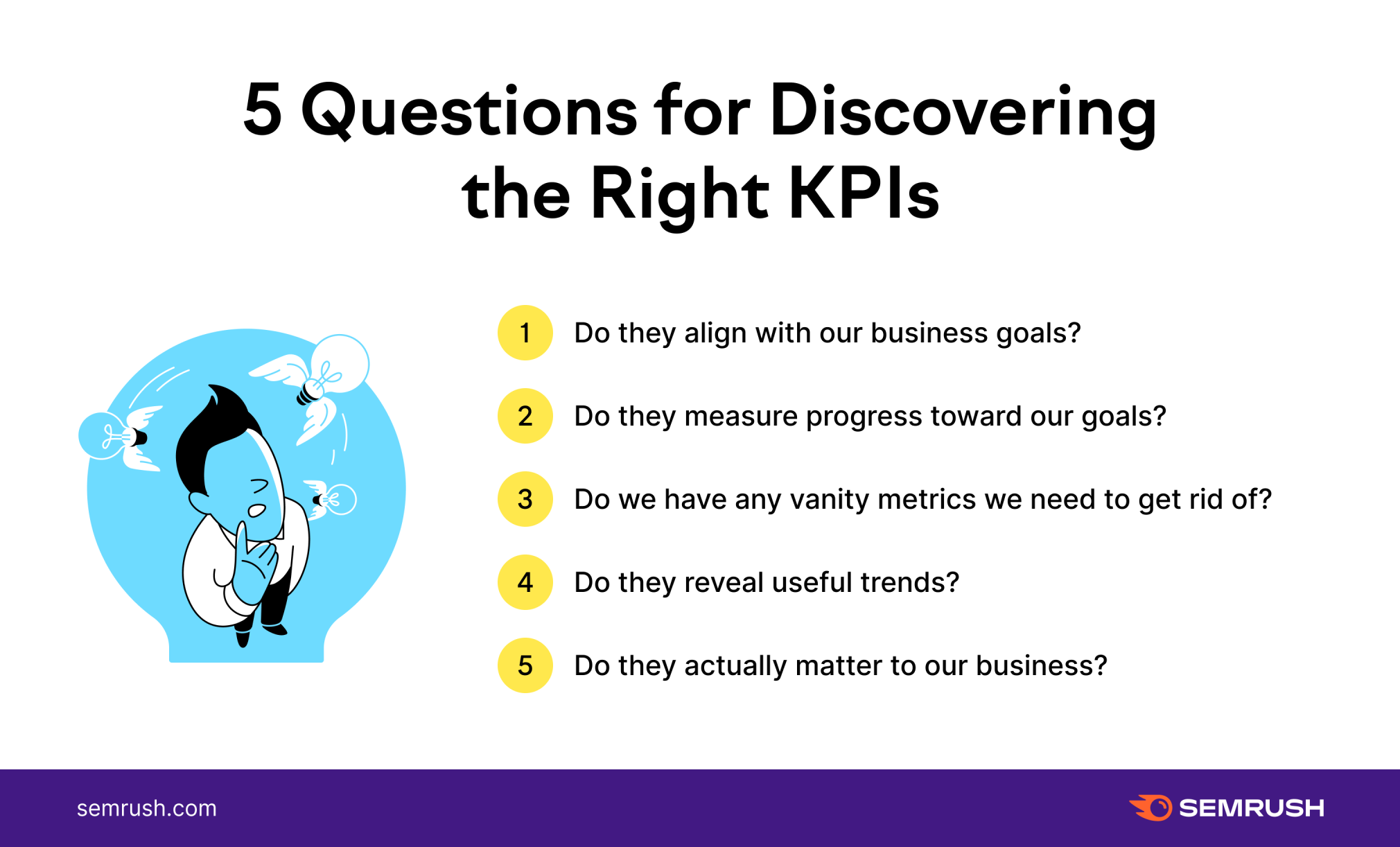How to Build an Effective Data Strategy for Your Business

How to Build an Effective Data Strategy for Your Business
Natalia Zhukova Dec. 5. 2022
From 2021 to 2022, online traffic increased worldwide by 25%. This growth reflects both a significant expansion in the number of internet users, as well as an increase in the number of companies offering content, products, and services online.

With more and more business happening online, business leaders are recognizing the power and importance of data in developing better digital business strategies.
A 2022 Data and AI Leadership Executive Survey showed that 91.7% of companies are increasing investments in data and AI, and 92% are already achieving returns on their investments. This trend is reflected in search volumes for the keyword “data”. Comparing 2022 to 2018, global monthly search volumes have increased by 350K.

Of the companies surveyed, however, only 26% reported they’ve achieved the goal of becoming data-driven. The remaining companies are still working to make data a fundamental part of their culture. This gap reflects the challenges businesses face in implementing data.
In this article, we’ll explore the topic of data strategies from several angles. And to provide the best possible insights, we’ll refer to the expert advice provided by industry experts in the recent Semrush webinar: “How to Implement Data to Strengthen Your Marketing Strategy.”
Why Is a Data Analytics Strategy So Important for Businesses?
Running a business requires constant adaptation and improvement. Businesses need to track and analyze a variety of important metrics to adjust to changing market conditions and gain a competitive advantage. Some of those metrics include:
- The outcomes of business investments
- The growth or losses in revenue over time
- The impact of marketing campaigns
- The market’s emerging trends
- The evolution of market audiences
- The activities of market competitors
This list is by no means inclusive, but each of these examples require data to measure. As webinar guest, Natalie Luneva, a SaaS Entrepreneur and Growth Advisor, says, “What gets measured gets improved.” This idea gets to the fundamental importance of working with data in the business context. Data is key to understanding, and understanding allows for improvement.
How to Overcome Data’s Biggest Challenges
While data can provide a big competitive advantage, building a data strategy framework isn’t easy. This is the reason why only 26% of the surveyed companies said they’ve successfully become data-driven. The rest are still overcoming challenges. Let’s take a look at a few struggles businesses face with regard to data and listen to the experts to figure out how to overcome them.
A changing data landscape
In the last decade, businesses have benefited tremendously from targeted marketing made possible by third-party data providers. But with Google and other big data providers phasing out third-party cookies, many businesses are wondering what the future of data will look like.
This change also speaks to a larger issue. New technologies, consumer sentiment, and changing regulations will impact the kinds of data that are available and how you can use it. For companies, this means keeping a close watch on the ever changing data landscape.
What’s the solution?
In a world of heightened data privacy, new data sources and new data management strategies are becoming crucial. As one solution, Expert Marketer, Martin Henning, suggests, “the earlier companies begin to switch to a first-party data strategy the better.”
First-party data is collected by companies directly from their customers. In order for a first-party strategy to work, quality content that attracts visitors will become increasingly important. “If the content is that good,” Hennig continues. “I’m confident that customers will find their way to us.”
Additionally, in this new era of restricted data access, segmentation, channel awareness, and a focus on broader trends will become increasingly important for long term success.
Aligning teams
Companies often struggle to figure out how to help teams collaborate and use data to track and achieve common goals. Different business units are often interested in different metrics. In isolation, there’s no problem with the sales team focusing on sales metrics and the marketing teams focusing on marketing metrics. But what happens when these units need to work together? Confusion around the most important metrics is a common challenge.
A possible solution:
When collaborating, Luneva suggests, “Bringing different types of data into one common denominator.” Across teams, she says, “We’re often using different languages. But once we’re able to bring all of those data points and metrics together into a single common denominator, everything becomes easier.”
Along similar lines, Hubspot’s SEO Team Lead, Jennifer Lapp, spoke to her success collaborating across teams. “We created shared goals,” she says. “And the alignment in the efforts between those teams has helped us understand what we should be measuring.”
Before diving into work across units, take time to discuss goals, define key metrics, and think about what Key Performance Indicators (KPIs) best reveal success.

Translating data for stakeholders
Just as different business units are interested in different kinds of data, stakeholders often aren’t interested in fine details of the data. They’re most interested in the impact on the bottom line. As Lapp says, “The struggle is finding ways to deliver data so it generates buy-in and support from leadership.” Unfortunately, unclear communication or a focus on the wrong details can leave stakeholders confused, or worse, resistant to further support for a given project.
A possible Solution:
The skill of translation data for individuals outside of your team is key. It takes not only practice, but time to translate data in an effective way. Likewise, as with any kind of presentation, it’s crucial you understand your audience. “You need to tie the data to business metrics they care about,” Marcus Tober, Head of Enterprise Solutions at Semrush, suggests, “Translate it into a language stakeholders understand.”







